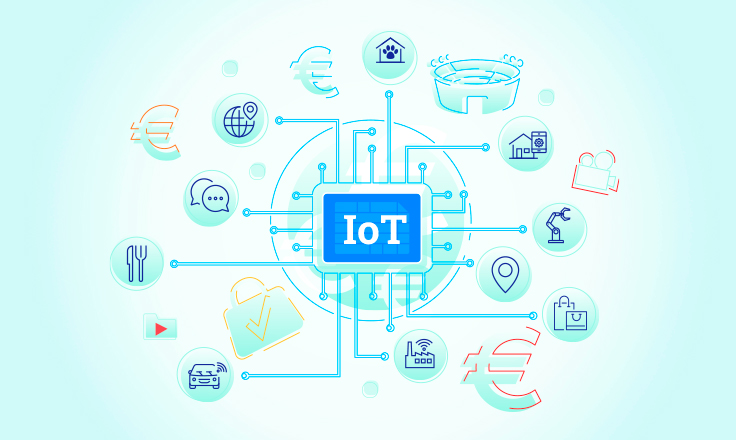Blurring the Line Between the B2B and B2C Markets. How Can You Address the Challenges?
- Published
- 4 min reading

The blurring of the boundaries between the B2B and B2C business models poses an important obstacle for communications providers. Telecoms, on the other hand, benefit greatly from it. An appropriate approach assists businesses in growing and strengthening their position in the industry overall. What if it turns out that simplifying the language in which you communicate with consumers works in huge organizations as well as direct trade? Let's explore what we can do by targeting all types of clients.
Use an IoT CMP platform for simplification
The primary function of an IoT Connectivity Management Platform (CMP) platform is to support mass SIM activities. A current platform is ready to support SIM inventory and management adaption, allowing a user from a certain type of company to rebuild SIM identifiers in order to understand what they are doing and how they are performing. A good example would be the process of ordering, where one organization will require various options for setting card activation rules, whilst another will only require SIMs for the provided delivery address with automated activation. Such advanced and rapid configuration modes provide the best user experience for larger organizations that want flexibility and adaptations, as well as for smaller businesses and residences that require rapid, intuitive, and simple SIM self-service with numerous automated processes.
Single pane of glass management
Why is a single pane of glass important? It is an ideal concept if you are engaged in addressing the needs of all types of clients with a single system. Operators have their own ecosystems, which include large platforms for companies, subscription management systems for eSIM administration, simplified platforms for B2C, specific solutions for automotive or other sectors, and so on. Furthermore, consumers use distinct UIs, ordering, and activation processes, which is sometimes unsatisfactory for larger players and increases the complexity of adjustments and product expansion. Regardless of the size of a customer’s businesses, a composable connection management software will give a single user interface with unified procedures and activities.
Find a partner
Another modern way to take advantage of a diverse and dynamic IoT market is to seek out an IoT partner who can deliver a solution for a certain requirement. If a digital service provider is geared for the B2B industry, they will have platforms, methods, and knowledge that are tailored to this market, making it tough to switch everything to attract and win smaller customers. As a result, an appropriate partner would be the ideal fit.
An organization might look for partners who provide smaller systems and knowledge in specific areas, as a comprehensive overview is not always needed. Another option is to look for partners with even lighter platforms. The right partner will have a target customer group and established relationships, which can result in increased revenue for the DSP. It is considerably faster and less expensive to repurpose someone else's solution and share revenues than it is to invent, manufacture, and implement one.
Interested in expanding your business’s offer with systems that are perfectly tailored for different types of customers and their needs? Download our free white paper to learn more about IoT-driven transformation and the blurring line between the B2B and B2C markets.






